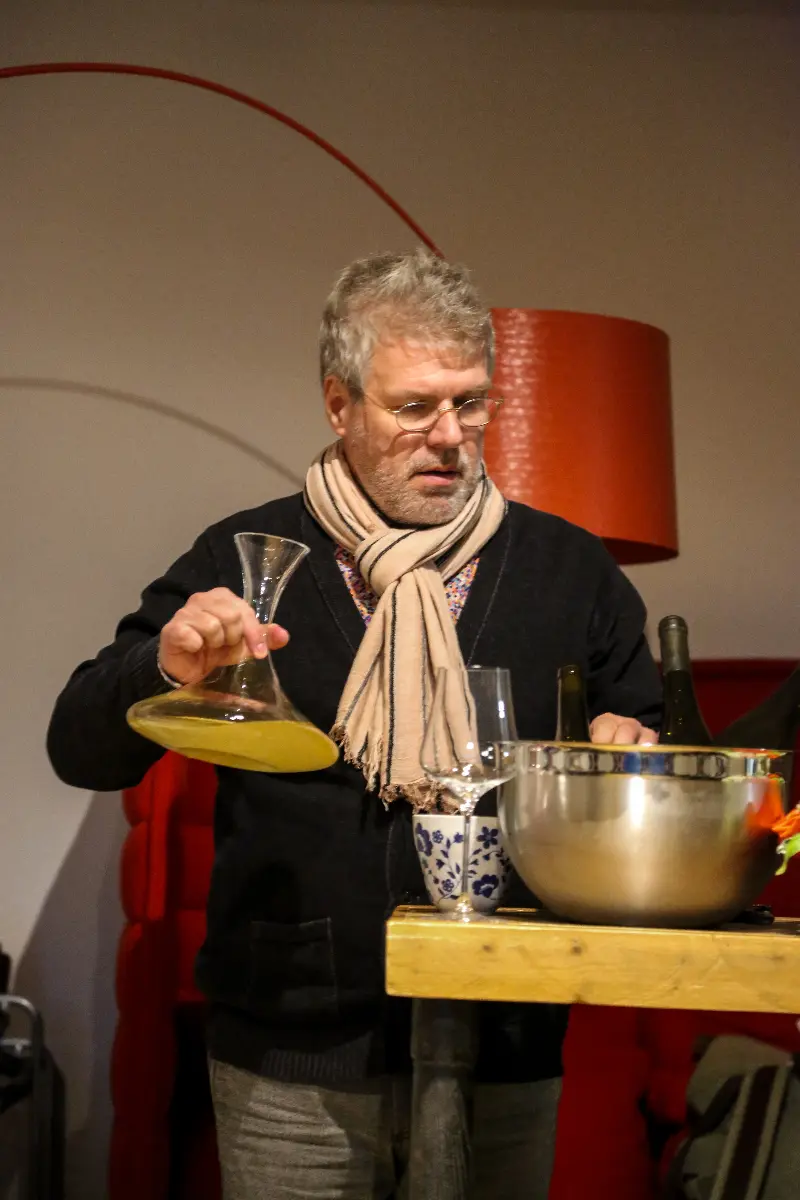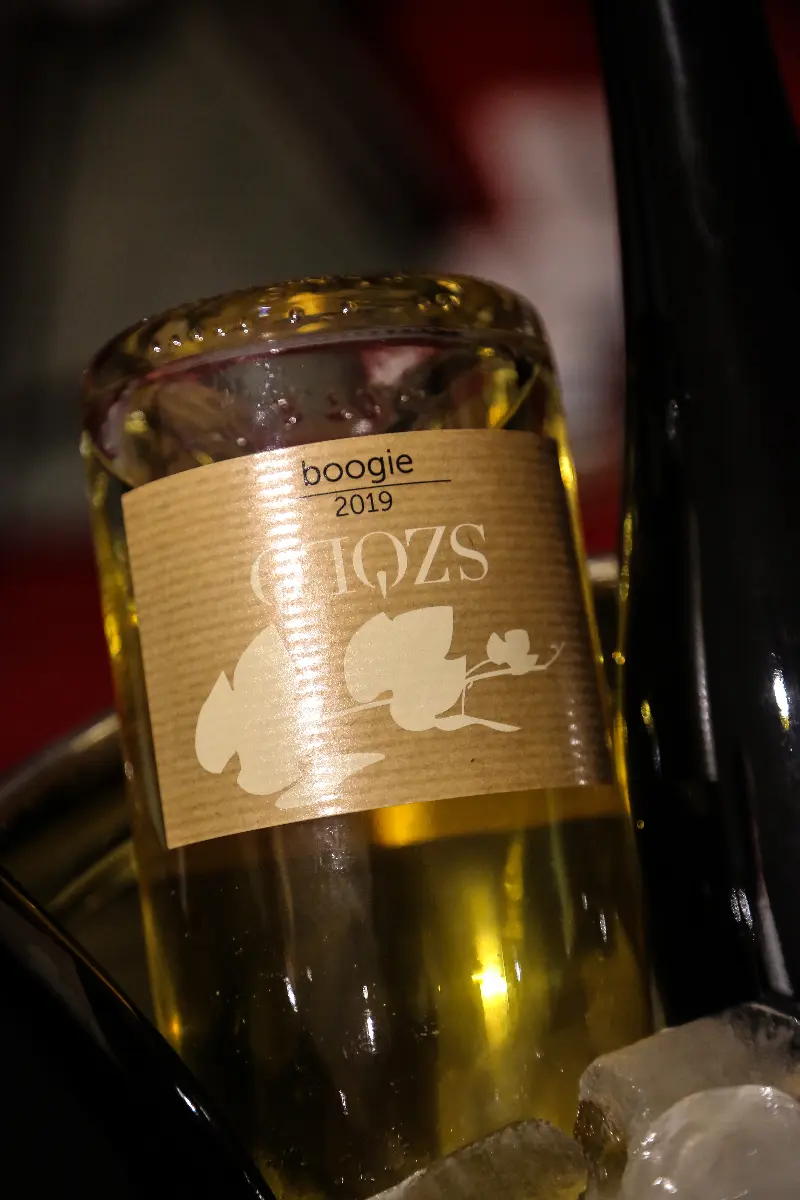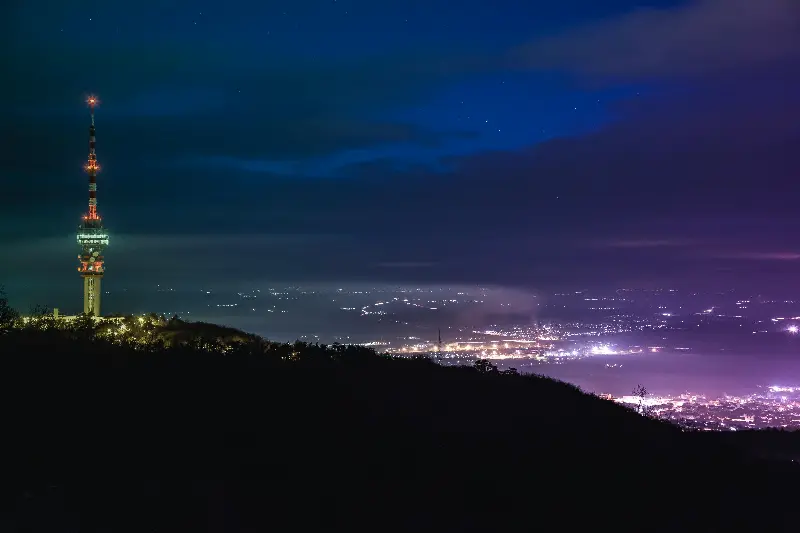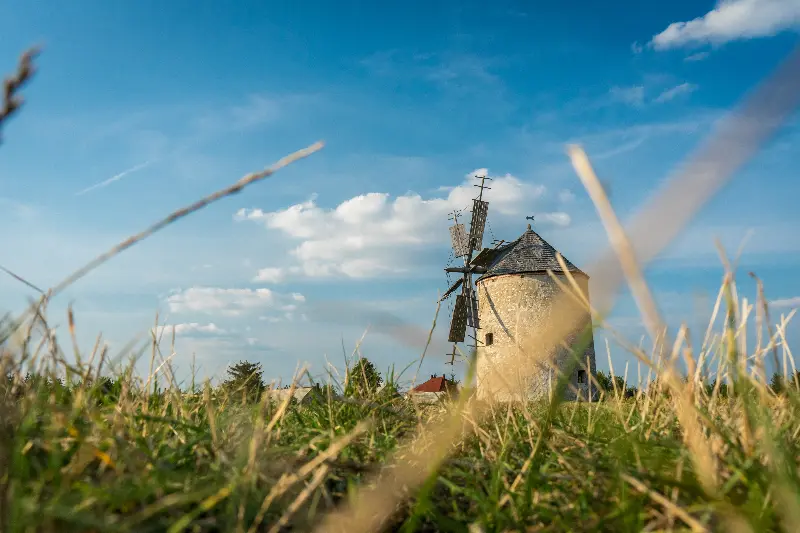
Helyszín címkék:
7 natural wines to try from Tokaj
Ripka Gergely
An important boost for alternative wines, which are sporadically appearing, but are becoming increasingly popular and unusual in appearance and character, is the fact that in the summer of 2021, the description of pétnat (pétillant naturelle, i.e. marketed with lees) sparkling wines, orange wine and even natural wine was included in the wine law, which was considered sufficiently strict and forward-looking by vintners who have studied the subject in depth to continue their work. They mostly deal with these types of wines above in the vineyards of one specific village in the Hegyalja-region, so our weekly collection mostly contains Tállya wines.
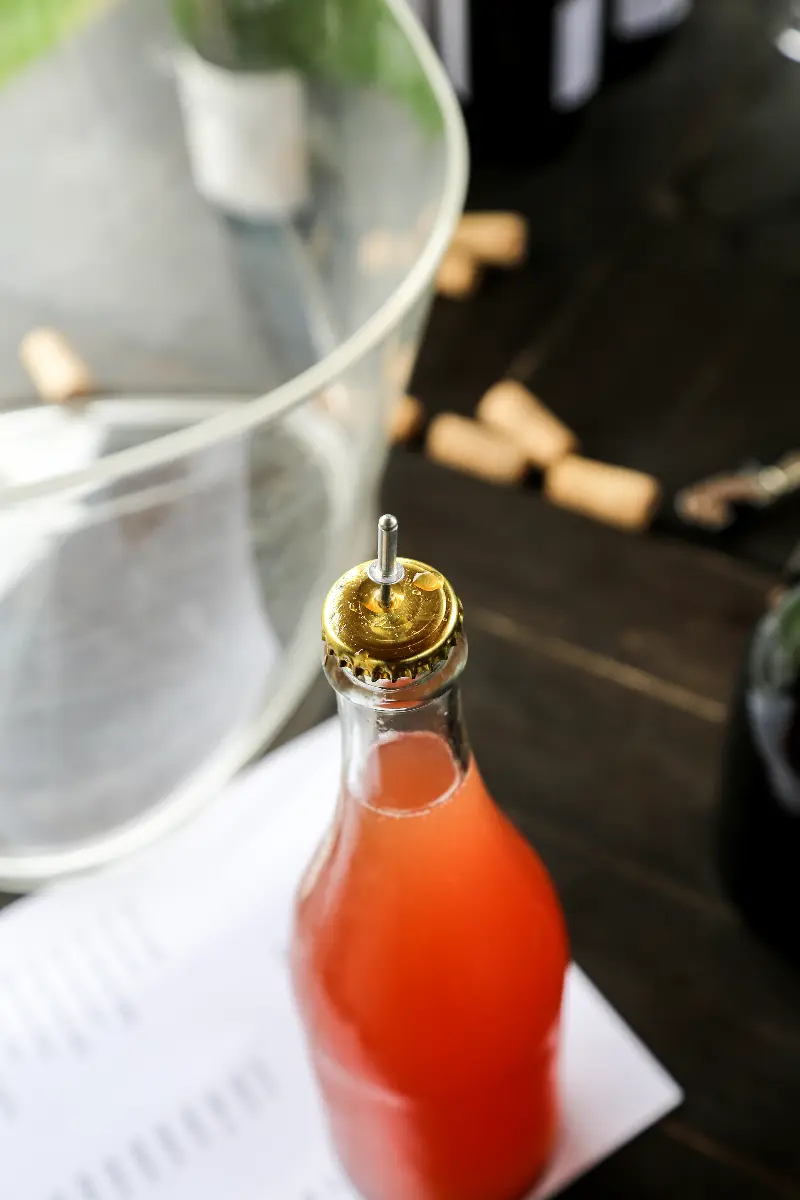
Where does natural wine come from?
First, we need to clarify the definition of natural wine: This is wine that is fermented spontaneously (i.e. exclusively with wild yeasts), sulphur, without filtration or clarification. The new wine law allows an extremely low (30nm/l) total of sulphur (but it is worth knowing that sulphur compounds are also formed during fermentation, not just added to the wine). The eternal dilemma is how long we can keep these wines in this form (transport, time spent on store shelves, temperature fluctuations, storage); how far the spontaneous processes can be controlled, i.e. how far can we take in a direction in terms of aroma and flavour that might be repulsive compared to the sterile aromas and flavours of conventional wines. There is a need to be consumer acceptance of this, but as I mentioned, the wine bars and high-end restaurants of world cities are moving strongly in a natural direction, even at the level of tasting menus.
The old-new secret is 100% grapes!
Unfortunately, the contingency factor is part of the business: it is a long process for the vintner to figure out the secrets and let go of the “swimming ring" of stabilizing processes in the deep water, but if the right sequence of movements is in place (which is not new, as wine has been made without additives for thousands of years), these wines will produce a much more natural result with much less intervention. That means you get 100% grapes in your glass! You have to taste these wines in a slightly different way, just like you taste an aszú (sweet dessert wine from Tokaj) differently after a sparkling wine. Sometimes they are cloudy and opalescent, they convey the natural fruit flavours of fresh must/new wine that can delight us all. For those who are interested in the topic and this lifestyle, we recommend the French film Wine Calling, when you are in the right mood while opening a bottle of natural wine.
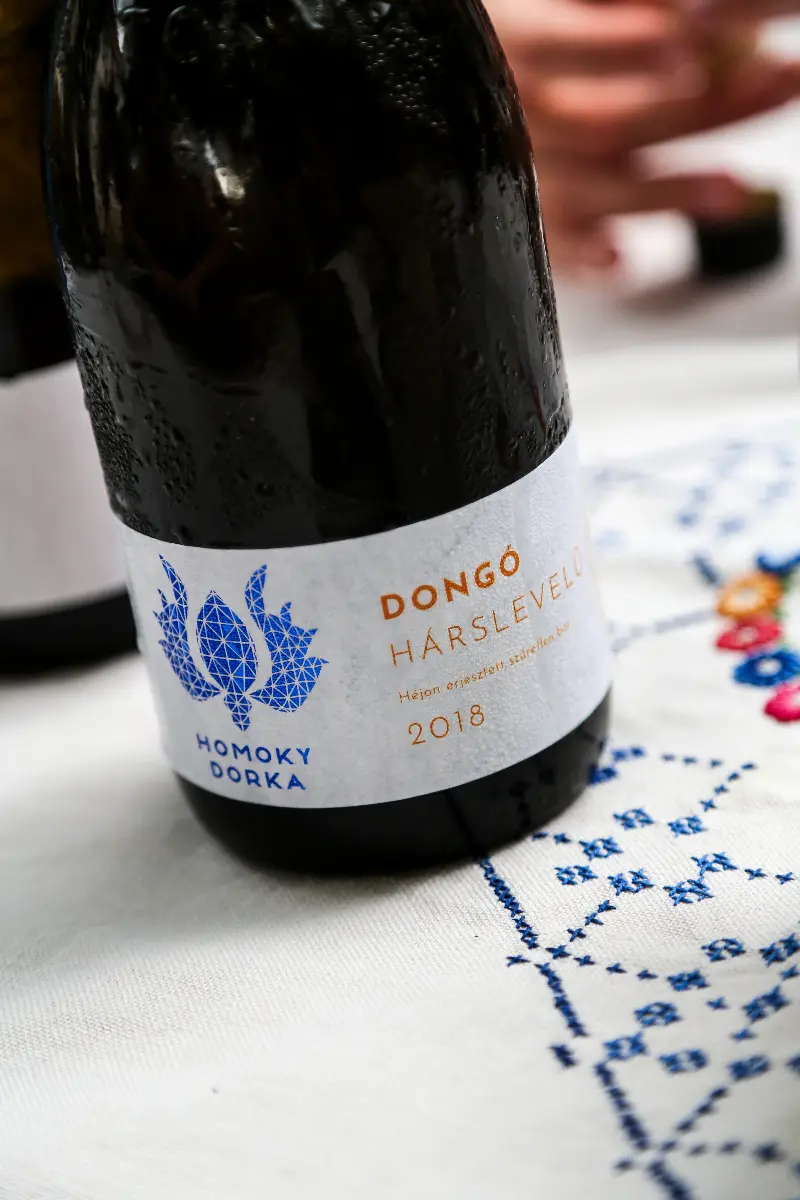
Natural Tokaj
We know that wine has been made in Hegyalja for at least a thousand years. We also know that additives were limited in the cellar at the time, but the wines were in demand and successful. Of course, the last 60-70 years have been about the opposite of the natural line, not to mention the fact that a wine bottled with residual sugar is not a toy, it has to be stable. But for a few years now we've also can find variations in dry wine, orange wine and Pét-nat. The naturalist movement has started, with one of the most colourful villages, Tállya, which became a small centre of the movement.
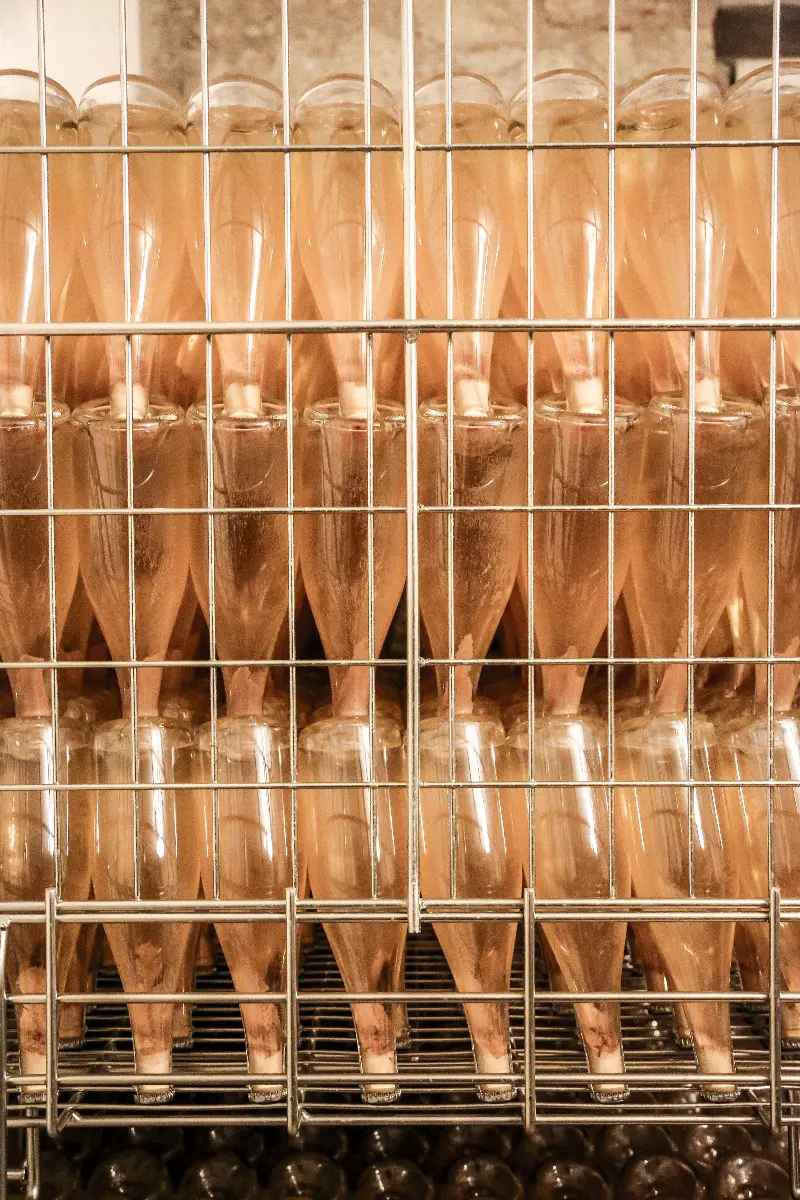
SPARKLING WINES, PÉT-NATS:
Homoki Winery
PetNat Dorka Homoky makes a meaty, hipster champagne for those who like the "extra content" in this type of wine.
TR PétNat
A second-class Palota vineyard wine from a young team. Full of lees, filling our mouths with all the flavours. If you're going to a party where you don't mind if you're having an adventure opening a bottle and you like the comedy of situations that comes with it, take this with you.
Gilberries and Wine PetNat
Balázs Gilbert's small, start-up family cellar is the only member from Rátka. Nice Pét-nat-like musty appearance, but otherwise settles down nicely in the bottle (it's the least cloudy in this line) Safe to open without explosions.
Let’s open a Pét-nat because it is fun!
It should be noted here that open a Pét-nat is sometimes a real challenge. As these sparkling wines are not disgorged, they can often have extra overpressure, which can vary from bottle to bottle. The result is that the champagne should be open "in the glass", because of the foaming (it's okay to do this in the bathtub). As they are usually sold with a crown cork, it is best to slowly and gradually inflate them to allow the pressure to equalize, but you can also simply hammer a nail into the top of the crown cork to form a valve, which will also help relieve the overpressure in 5-10 minutes.
STILL WINES
Szóló Puro 2018
Mimi and Tamás Éless grew up in Tállya, and they are working biodynamically in the vineyard and focusing exclusively on natural wines in the winery. Puro is a blend of Furmint and Hárslevelű from the historic second-class Sipos vineyard.
Szóló Frivolo Virgo 2019
A virgin Furmint from the Hetény vineyard, unique and very honest.Szóló Orange wine 2019Wine made with clusters of Szamorodni soaked in fermenting must. Its smell is full of spice, orange wine teas, orange peel, cloves, orange marmalade, rose, with a real peachy aszú taste. Also rosy on the palate, with notes of fall. A bit of baroque wine.
Homoky Dongó Furmint 2019
This is a wine from the historic first-class Tállya vineyard, which is a pure Furmint in this vintage. Its chaotic, cloudy colour is immediately striking when filled. A young wine with primary notes of the unfiltered-unclarified world. It is exciting to see this face of Tokaj wine beyond the usual, conventional styles.
